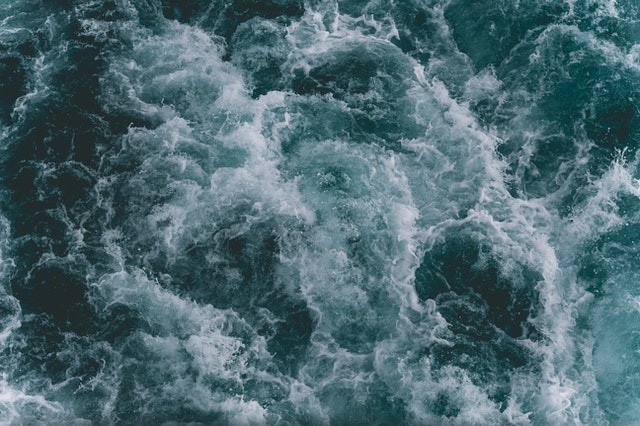It may sound unbelievable, but all forms in the ocean, from tiny krill to huge tuna, appear to abide by a mere mathematical law that associates an abundance of the organism to its body size.
Indeed, a SciTechDaily report specified, industrial fishing over the past 100 years seems to have broken a law of nature.
For instance, even though small krill are distinctly only a billionth of a large tuna's weight, they tend to be a billion times more plentiful throughout the oceans.
The notion, also called the "Sheldon size spectrum theory," was initially advanced in the 1970s, although it has been tested for a great range of marine species and on a worldwide scale to date.
An international team of researchers, which include scientists from McGill University, the Max Planck Institute for Mathematics in the Sciences in Germany, the Institut de Ciència I Tecnologia Ambiental in Spain, the Queensland University of Technology in Australia, and the Weizmann Institute of Science in Israel, found that not only does the theory seem to have once held true, although that this natural balance has now been dramatically transformed by widespread industrial fishing.
ALSO READ : Submarine Collided with Unknown Underwater Mountain in the South China Sea Incurring Damages, What Is This?

Oceans in More Untouched State
The research team had discovered that when oceans were in a more untouched state, before the 20th century, as well as the beginning of wide-scale industrial fishing, the size spectrum theory seems to have held true.
According to the senior author on the paper, Professor Eric Galbraith, from McGill's Department of Earth and Planetary Sciences, the fact that marine life is equally distributed through sizes is extraordinary.
He added, "We don't understand" the reason it would need to be this way, "why couldn't there be" much tinier things compared to large things?
Or, in ideal size that's lying in the middle? In that sense, the outcomes underscore how much about the ecosystem is not understood.
Marine Organisms
To gain an image of the present numbers through an unmatched range of species, the team used diverse recent research used varied recent research to develop a large worldwide dataset of marine organisms, which include bacteria, phytoplankton, mammals, zooplankton, and fish.
The researchers' approach enabled them to differentiate the three-dimensional distribution of 12 main groups of aquatic life over the whole ocean.
According to the study's first author Ian Hatton, an Alexander von Humboldt research fellow at the Max Planck Institute, it was a struggle to look for a way to sufficiently compare the organisms' measurement, spanning such a massive difference in scale.
Whereas microscopic aquatic creatures could be approximated from over 200,000 water specimens collected across the world, bigger marine animals can swim through the entire ocean basins and need to be approximated through the use of totally different methods.
Effects of Humans on Marine Biomass
On the contrary, with an almost constant biomass range in the pristine ocean, the examination of the spectrum carried out by researchers showed a major effect on humanity in terms of biomass distribution through the largest sizes.
While fishing accounts for below three percent of the food consumption of humans, its impacts on the biomass spectrum have been overwhelming, a separate SciTechDaily report indicated.
Large fish have suffered a total biomass loss of approximately two Gigatons or a 60 percent reduction, dwarfing the 0.1 Gigatons that fishers are catching each year.
As specified in the study published in Science Advances, historically, whaling was even more distressing for the biomass spectrum's largest end, with the hugest whales suffering a loss of approximately 90 percent.
Related information about how humans are affecting the global ocean is shown on Newsy's YouTube video below:
RELATED ARTICLE : Great White Sharks Found Exfoliating Leerfish in Plettenberg Bay; Spa Treatment in South Africa More Common Than First Thought
Check out more news and information on Ocean in Science Times.
© 2026 ScienceTimes.com All rights reserved. Do not reproduce without permission. The window to the world of Science Times.












